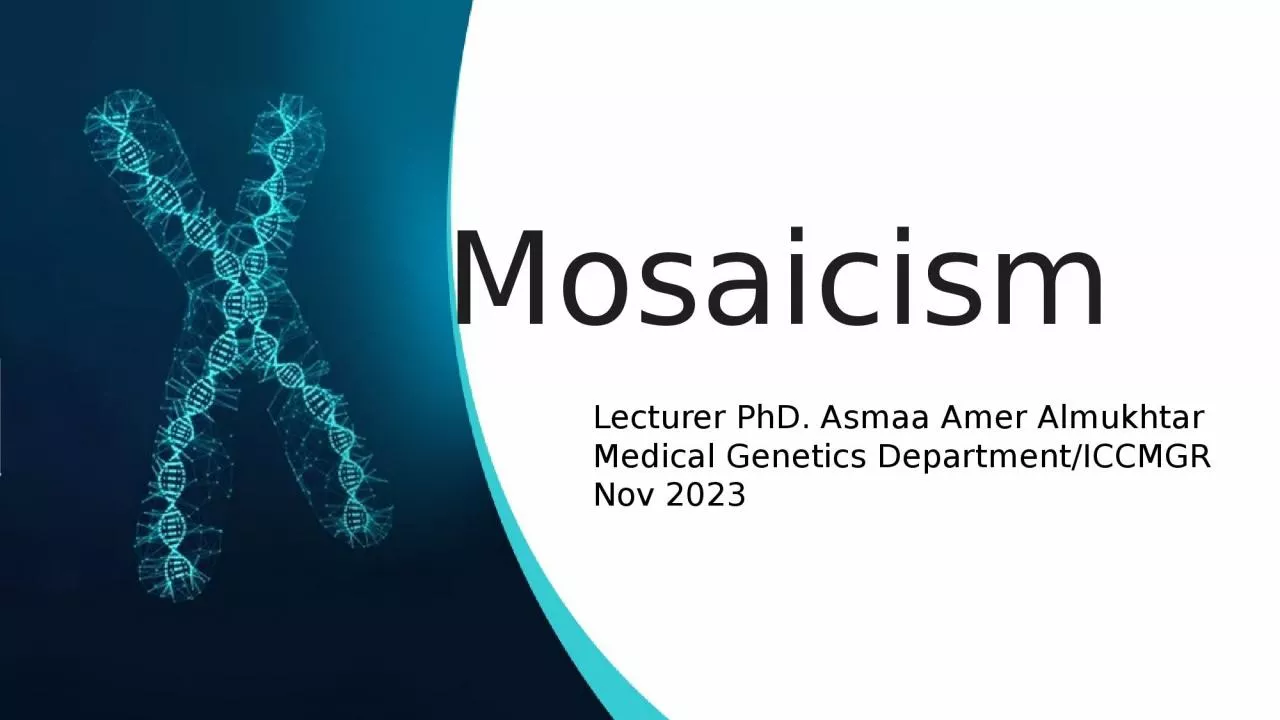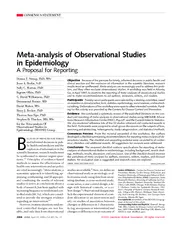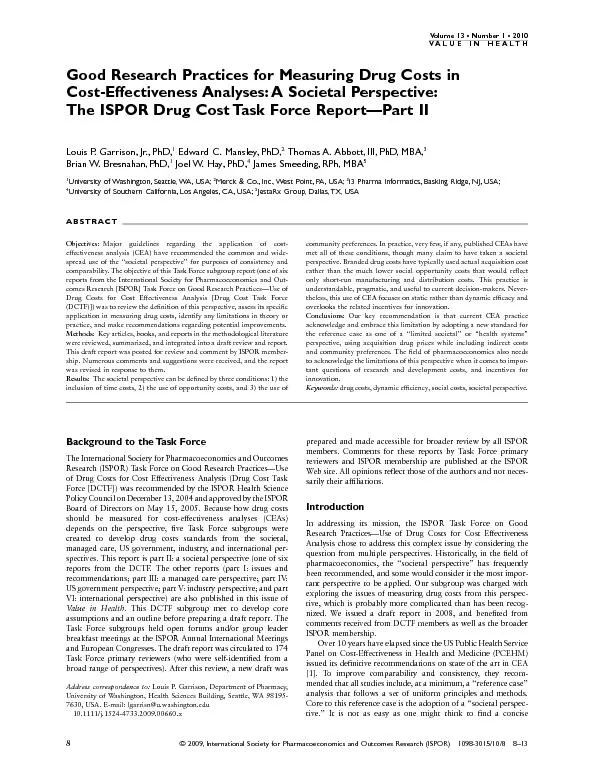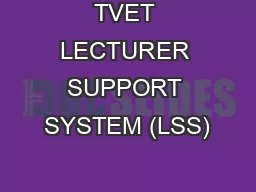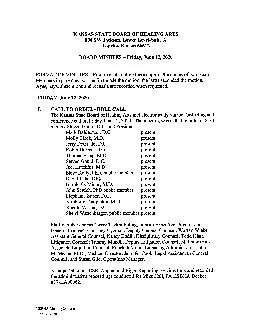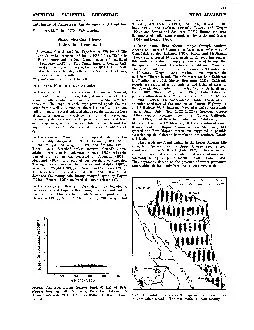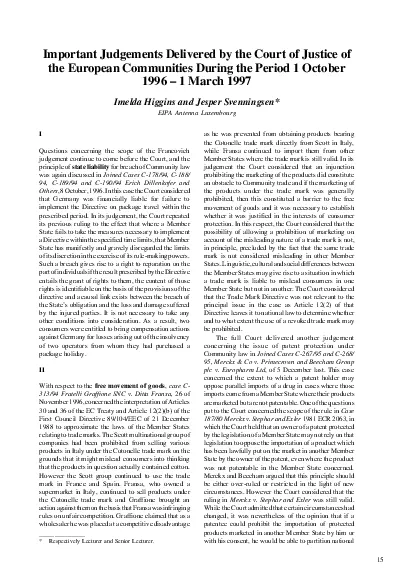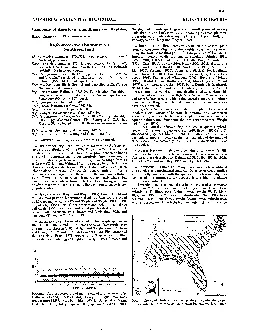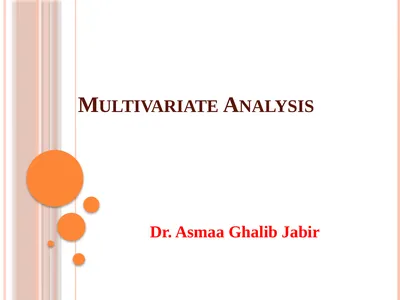PPT-Lecturer PhD. Asmaa Amer Almukhtar
Author : eddey | Published Date : 2024-01-29
Medical Genetics DepartmentICCMGR Nov 2023 Mosaicism Normal karyotype What is the mosaicism Who is the responsible about it Types of mosaicism How it creates Normal
Presentation Embed Code
Download Presentation
Download Presentation The PPT/PDF document "Lecturer PhD. Asmaa Amer Almukhtar" is the property of its rightful owner. Permission is granted to download and print the materials on this website for personal, non-commercial use only, and to display it on your personal computer provided you do not modify the materials and that you retain all copyright notices contained in the materials. By downloading content from our website, you accept the terms of this agreement.
Lecturer PhD. Asmaa Amer Almukhtar: Transcript
Download Rules Of Document
"Lecturer PhD. Asmaa Amer Almukhtar"The content belongs to its owner. You may download and print it for personal use, without modification, and keep all copyright notices. By downloading, you agree to these terms.
Related Documents

